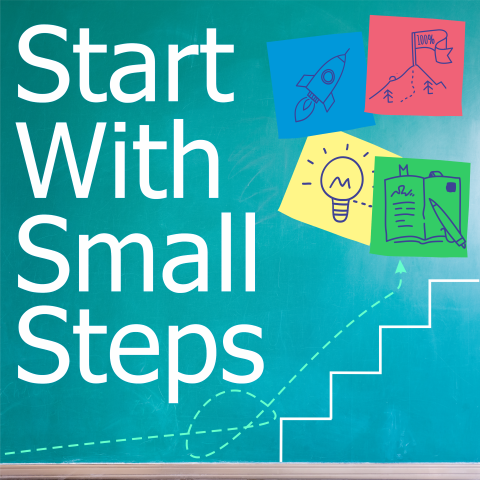In our pursuit of goals, the question often arises: is it acceptable to use shortcuts? This topic is more nuanced than it appears, blending practical considerations with ethical ones. Let’s explore the implications of using shortcuts to achieve goals and how they impact our learning, integrity, and success.
Shortcuts are often perceived negatively, equated with cheating or avoiding hard work. However, not all shortcuts are created equal. Tools like AI, productivity apps, and medical interventions can provide a leg up without compromising our values. For instance, scheduling software helps organize tasks and bills, improving efficiency without undermining our skills. This raises an essential question: when do shortcuts hinder personal growth, and when do they facilitate it?
Consider health and weight loss. Tools like Ozempic or gastric bypass surgery offer quick results but can bypass the critical learning process associated with lifestyle changes. This perspective is echoed by many who argue that reliance on such tools may lead to regaining weight once the shortcut is removed. The key issue here is whether these shortcuts help achieve long-term, sustainable health improvements or merely provide a temporary fix.
Similarly, in education and work, tools like AI can aid learning and productivity. For example, using Grammarly to improve writing can be educational, offering insights into common mistakes. However, outsourcing tasks like writing a book or completing assignments can lead to dependency and a lack of skill development. Using apps like Merlin to learn bird calls can be instrumental in finding and learning more about birds. People who already know the birds can scorn the app, but instead, they should look at it as an educational tool if people use it correctly.
For instance, I experience with weight loss—both through structured programs and gradual, self-directed efforts—demonstrates the importance of balancing immediate results with long-term habits. The same principle applies to financial management, where learning through experience often proves more valuable than quick fixes like debt bailouts.
Yet, shortcuts are not inherently negative. They can be beneficial when they provide necessary support without completely replacing personal effort. AI tools for content creation, for instance, can enhance productivity while still requiring user input and creativity. Similarly, health apps and wearable technology can promote fitness by offering motivation and tracking progress.
Ultimately, the decision to use shortcuts should be guided by their impact on learning and personal development. If a shortcut merely offers a temporary solution without fostering growth or understanding, it may be counterproductive. However, if it serves as a stepping stone towards greater efficiency and knowledge, it can be a valuable tool.
In conclusion, shortcuts can be both beneficial and detrimental, depending on their application and the individual’s approach. Balancing the use of shortcuts with a commitment to personal growth and ethical considerations ensures that they serve as aids rather than crutches in achieving our goals.

